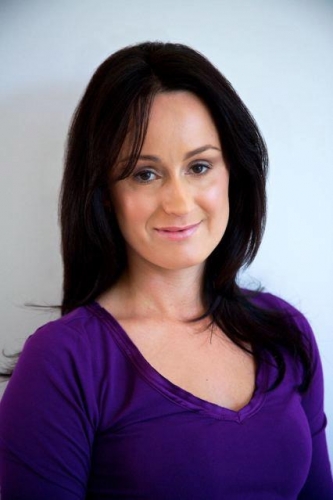New research published in
Australian Population Studies shows that people living in outer regional, remote and very remote areas have premature death rates about 40 per cent higher than those in major cities, and the gap is growing.
The disparity in life expectancy widened by 26 per cent for females and 14 per cent for males in lower socioeconomic and non-urban populations. And while the overall Australian life expectancy has stagnated, there has been no slowdown in mortality in the highest socioeconomic areas of major cities.
Subscribe for FREE to the HealthTimes magazine
Researchers Dr Tim Adair and Professor Alan Lopez from the University of Melbourne’s Global Burden of Disease Group say a widening socioeconomic gap in mortality rates are a result of unfavourable health behaviours and inequities in health care.
“Low socioeconomic areas have higher levels of adverse health behaviours, such as smoking, poor diet, excessive alcohol consumption and higher levels of obesity. A combination of these factors explains much of the socioeconomic gap in premature mortality rates,” said Dr Adair.
Access to health care, as well as the availability of essential trauma and acute care services, are also likely to play a critical role in the higher death rates, particularly in rural and regional populations.
The recent widening of mortality inequalities is a similar trend to that reported from 1986 to 2002; however, the current analysis period was defined by vastly slower, and even stagnating decline in premature mortality.
Professor Lopez, Director of the Global Burden of Disease Group, said that government policies needed to consider social and structural determinants of health as well as treatment and prevention of disease.
“Reducing this widening gap in mortality will require a significant shift in policy, with a stronger emphasis on the context and stressors prevalent among regional, rural and low socioeconomic groups,” said Professor Lopez.
“These derive from housing, employment and transport, to name a few. Improved access to secondary prevention and treatment, particularly in non-urban areas, will also be key to reducing premature deaths.”
Professor Lopez was also concerned that the emotional and economic stressors of coronavirus (COVID-19) would be experienced disproportionately by lower socioeconomic groups, further widening the gap in mortality rates.
“The advent of COVID-19 might well exacerbate this already unfavourable trend due to increased stress and unemployment hitting the least well off hardest, which could well have a flow-on effect in terms of poorer health behaviours and access to health care. This ought to be a key consideration in government policy responses to COVID-19,” said Professor Lopez.
Dr Adair said the study’s findings, which relied on geographic area data rather than individual measures of socioeconomic status, were likely to underestimate the true extent of socioeconomic inequalities in mortality risk.
“If inequalities continue to widen and mortality in the lowest socioeconomic groups remains stagnant, then this will hamper Australia’s life expectancy growth in the future.”
Health professionals play a crucial role in closing this gap by focusing on health promotion to those in at-risk groups.
“Improvements of healthy behaviours will be the most effective way to lower inequalities in premature mortality, so the promotion of quitting smoking, moderate alcohol consumption and helping people improve their diet and meet recommended levels of physical activity,” Dr Adair said.













